by Michael Haskew
Five days after the March 9, 1916, raid on Columbus, New Mexico, in which at least 17 Americans were killed, President Woodrow Wilson instructed General John J. Pershing to lead 5,000 U.S. soldiers into the wilds of northern Mexico in search of the bandit revolutionary Pancho Villa, whose Villistas had attacked the small border town in the early morning hours while most of its citizens were sleeping.
[text_ad]
Villa had launched the raid in retribution for the Wilson administration acknowledging his political rival Venustiano Carranza as the president of Mexico. At one time, the United States had supported Villa with arms and provisions. Now, Villa felt betrayed, and the fact that some of the rifle cartridges supplied by the Americans were defective only added to his anger. Exactly what the revolutionary leader of the Division del Norte, an armed band of battle hardened fighters, hoped to achieve beyond revenge is unclear. Some historians have speculated that Villa needed ammunition and supplies, but from a strategic perspective it was a calculated risk.
Pershing’s ‘Punitive Expedition’
Surely there would be retaliation on the part of the Americans, and it came in the form of the Punitive Expedition. The expedition lasted officially until February 7, 1917, and involved more than 5,000 troops from a dozen U.S. Army infantry, cavalry, and artillery regiments, Apache scouts, and the planes and pilots of the first Aero Squadron. The troops brought the firepower of the machine gun to Mexico and employed the airplane, truck, and automobile in combat maneuvers for the first time in army history.
Two weeks into their pursuit of Villa, a force of 370 cavalry under Colonel George A. Dodd caught up with a contingent of the Mexican raiders and attacked. For the Americans the Battle of Guerrero was the single most successful engagement of the 11-month Punitive Expedition. Dodd’s men killed or wounded 75 Villistas and suffered only five of their own slightly wounded. On April 1, 1916, a skirmish involving the Buffalo Soldiers of the 10th Cavalry Regiment resulted in two Villistas killed. At every turn, however, the elusive Villa managed to slip away.
The Last Engagement
Meanwhile, the Carranza government was becoming increasingly hostile to the American incursion that stretched 350 miles into sovereign Mexican territory. On April 12, Mexican and U.S. troops exchanged fire. Two American soldiers were killed and six wounded, while the Mexicans losses are estimated as high as 70 casualties. Close encounters with Villa’s men and Carranza’s forces continued, and the United States and Mexico teetered on the brink of war.
On June 21, the Americans fought the last major engagement of the Punitive Expedition—against Carranza’s troops rather than Villa’s men. At the Battle of Carrizal, Troops C and K of the 10th Cavalry lost 12 killed, 10 wounded, and 24 captured in fierce fighting with more than 300 Mexican soldiers. Troops of the 11th Cavalry rescued the prisoners four days later, and Pershing reported 42 Mexicans killed and 51 wounded. Furious, he requested permission to attack the Mexican force, but President Wilson, wishing to avoid war, declined. On January 8, 1917, Wilson ordered American troops to withdraw from Mexico.
Although Pershing publicly stated that the Punitive Expedition had been successful since it had pushed the Villistas away from the U.S. border, it had failed to bring Pancho Villa to justice and nearly brought on an unwelcome war with Mexico.
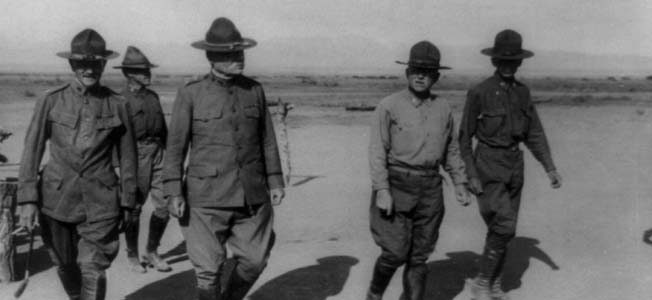
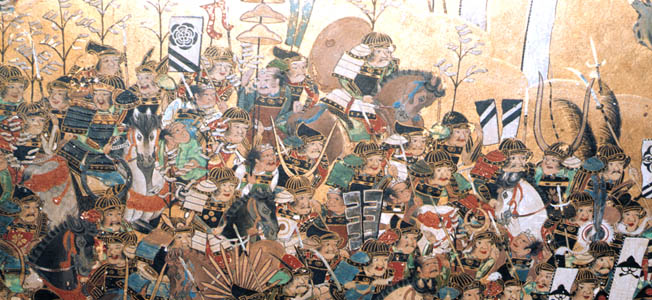
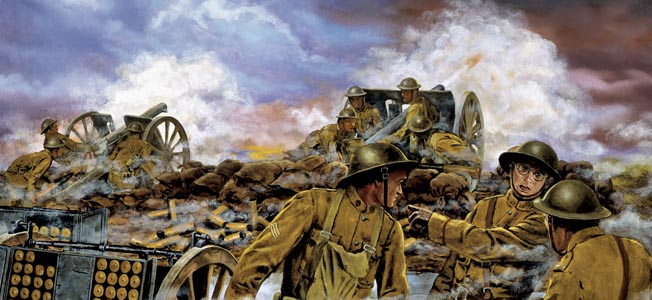
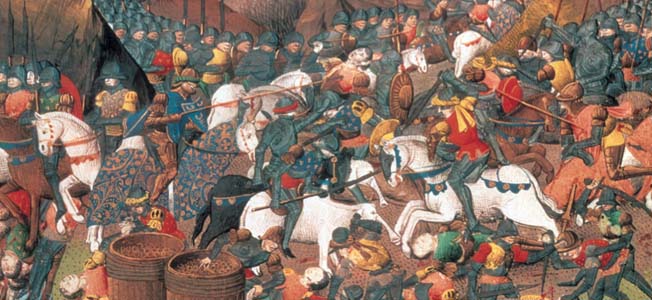
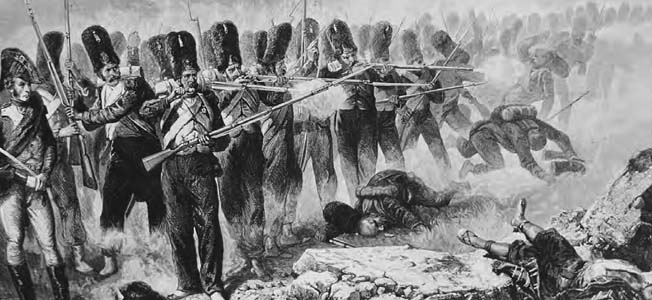
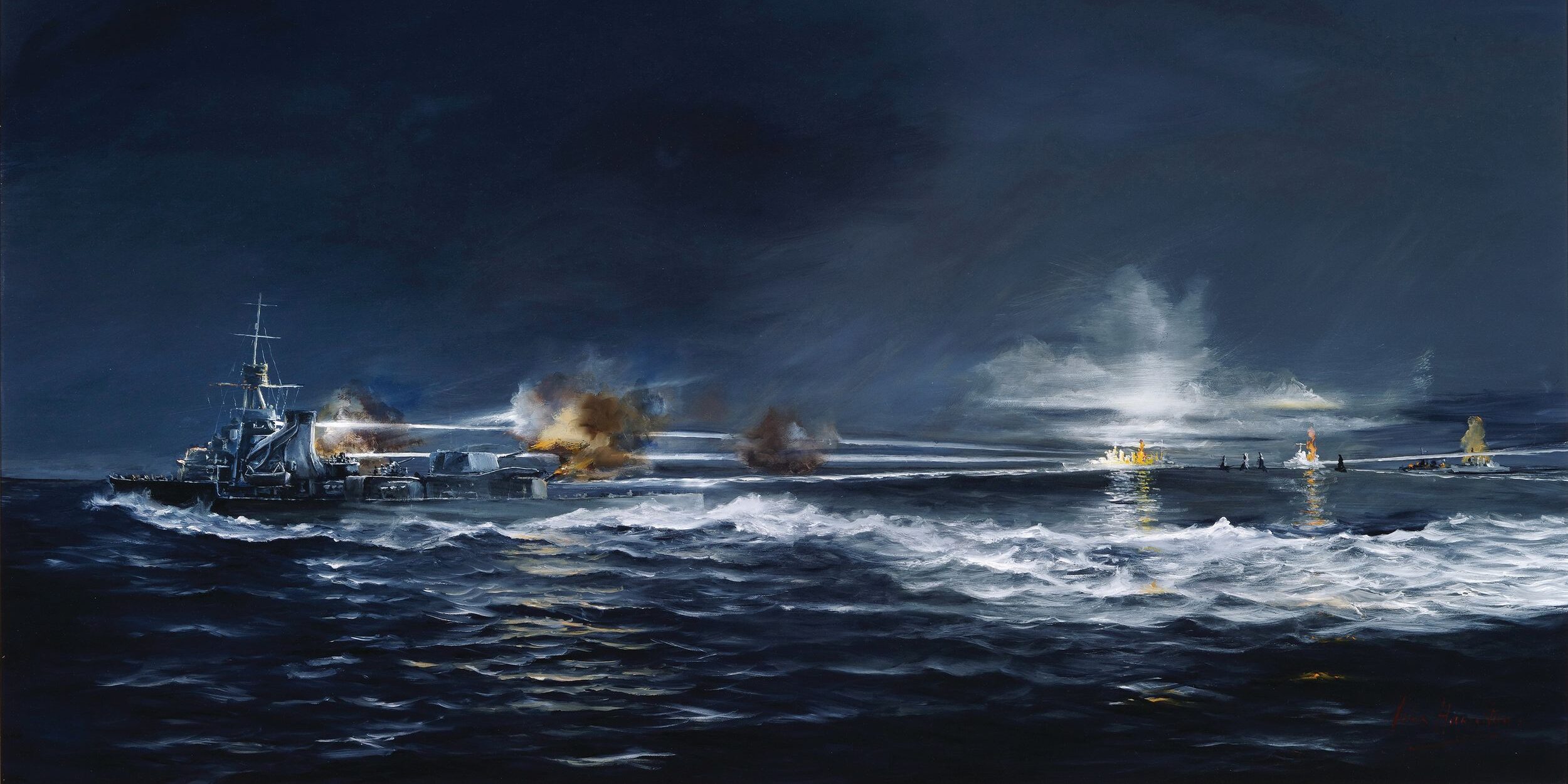
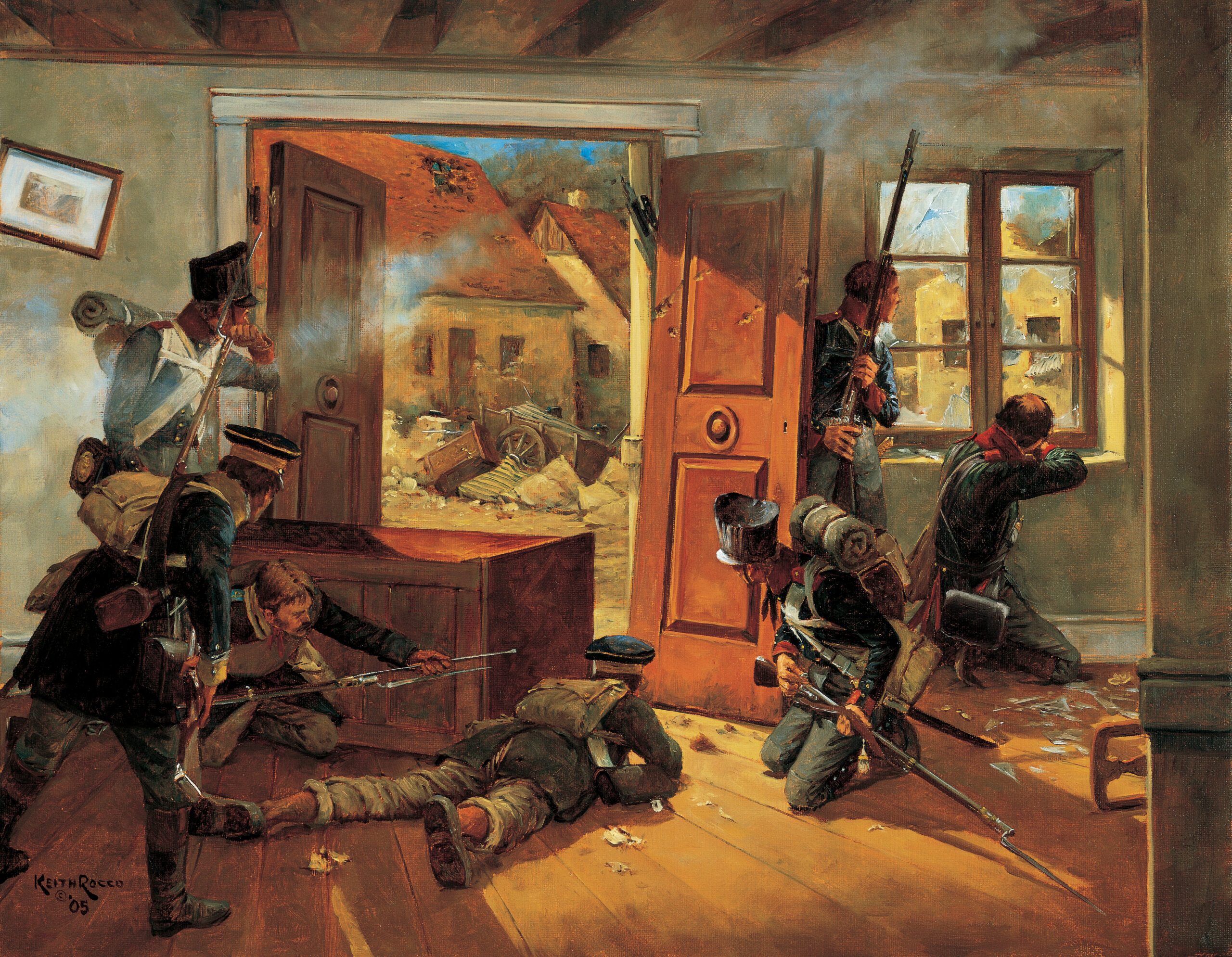
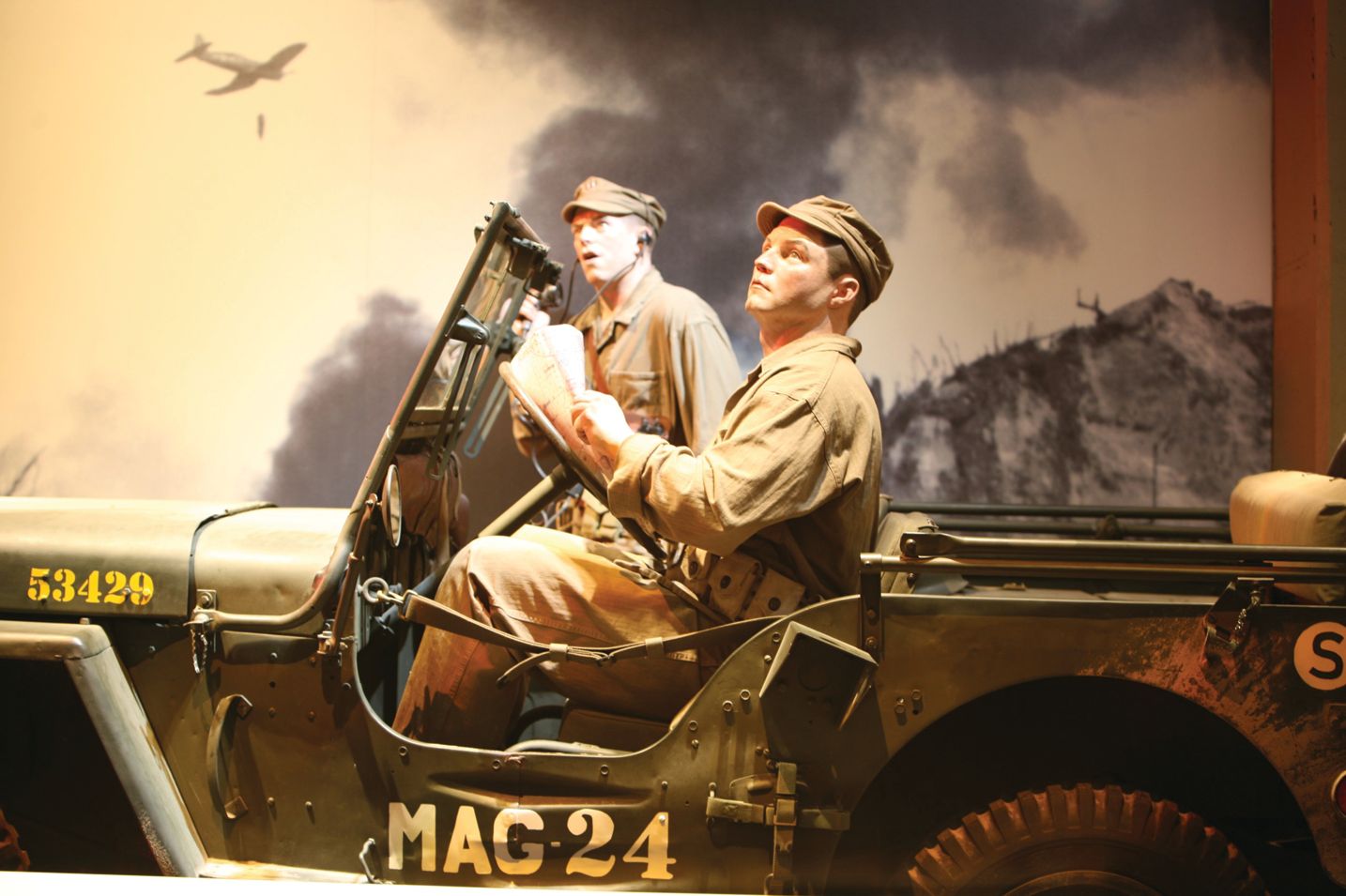
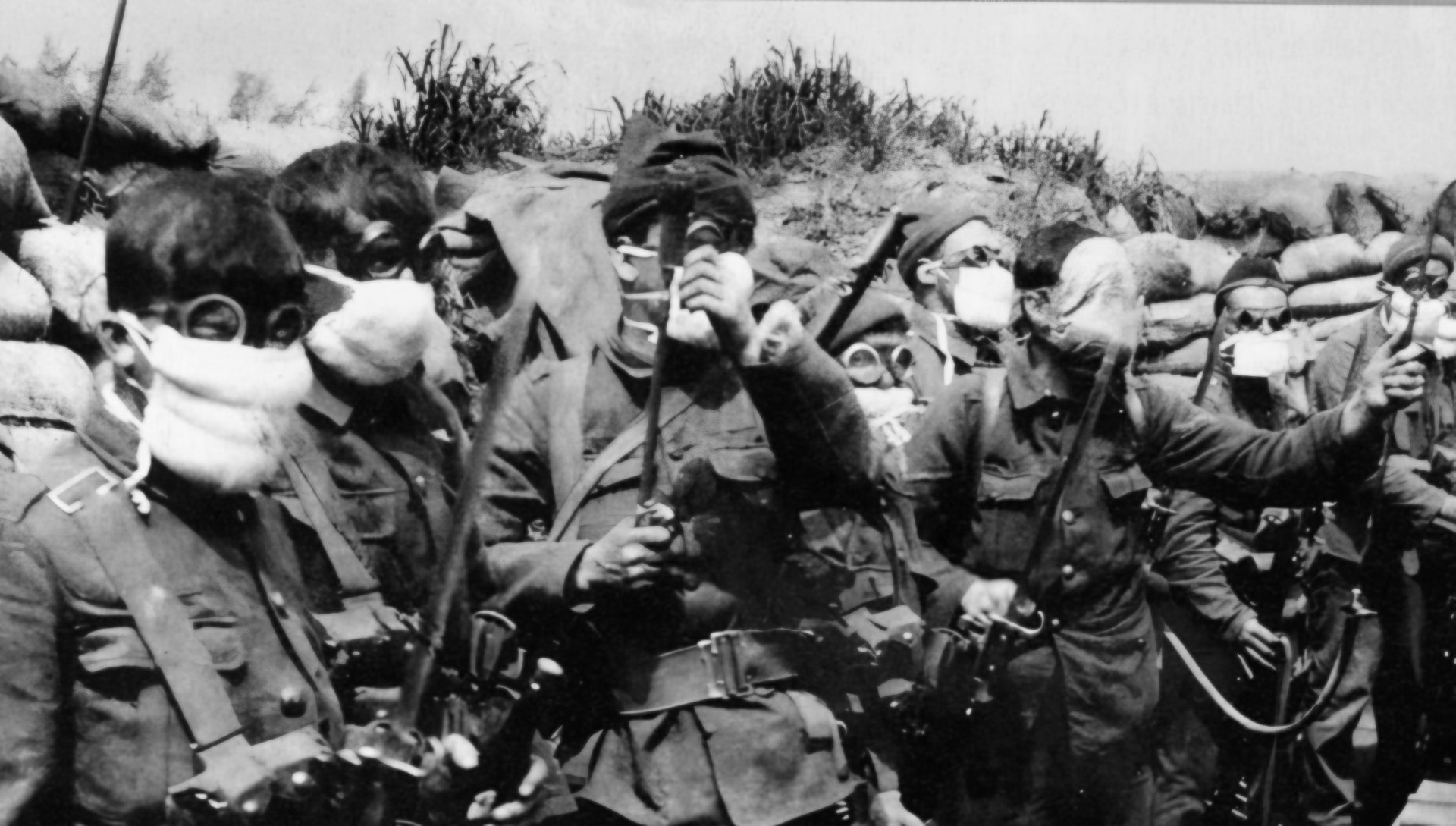
Join The Conversation
Comments
View All Comments